Membrane Transporter/Ion Channel
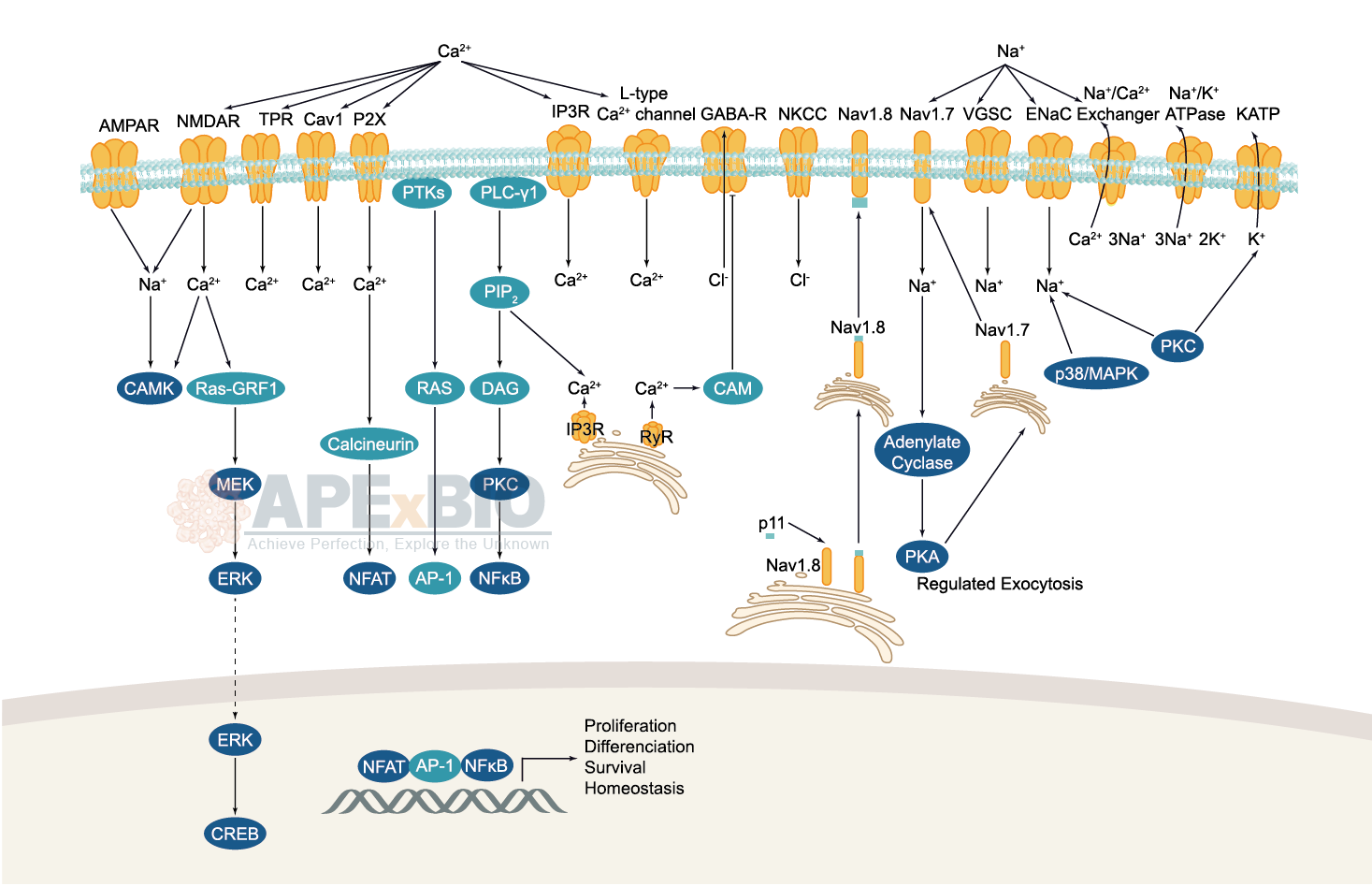
Ion channels are pore-forming membrane proteins which allow the flow of ions across the membrane. The ion channels can be broadly grouped into six families including calcium channels, chloride channels, potassium channels, sodium channels, gap junction proteins and porins. Not all ion channels are gated, such as certain type of K+ and Cl– channels, transient receptor potential superfamily of cation channels, the ryanodine receptors and the IP3 receptors, but most Na+, K+, Ca2+ and some Cl– channels are all gated by voltage. Ligand-gated channels are regulated in response to ligand binding (e.g. neurotransmitters signaling). These ligand-gated neurotransmitter receptors are known as ionotropic receptors. Various neurotransmitters couple to ionotropic receptors such as glutamate, acetylcholine, glycine, GABA, and serotonin.
-
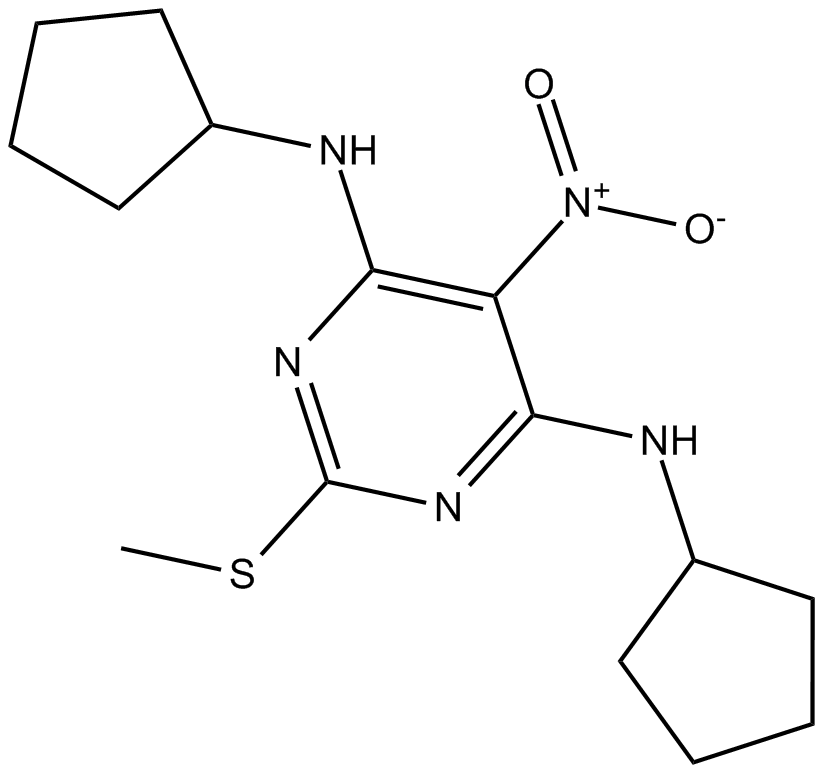 B6918 GS 39783Summary: Positive allosteric modulator of GABAB receptor
B6918 GS 39783Summary: Positive allosteric modulator of GABAB receptor -
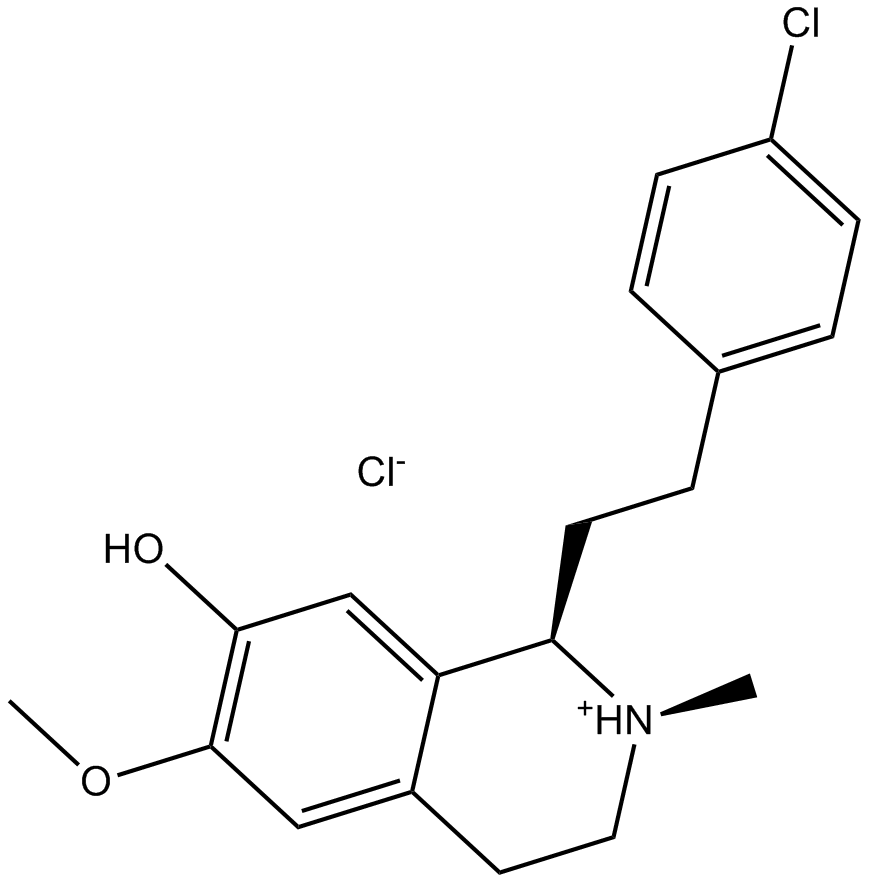 B6919 Ro 04-5595 hydrochlorideSummary: NR2B-containing NMDA receptors antagonist
B6919 Ro 04-5595 hydrochlorideSummary: NR2B-containing NMDA receptors antagonist -
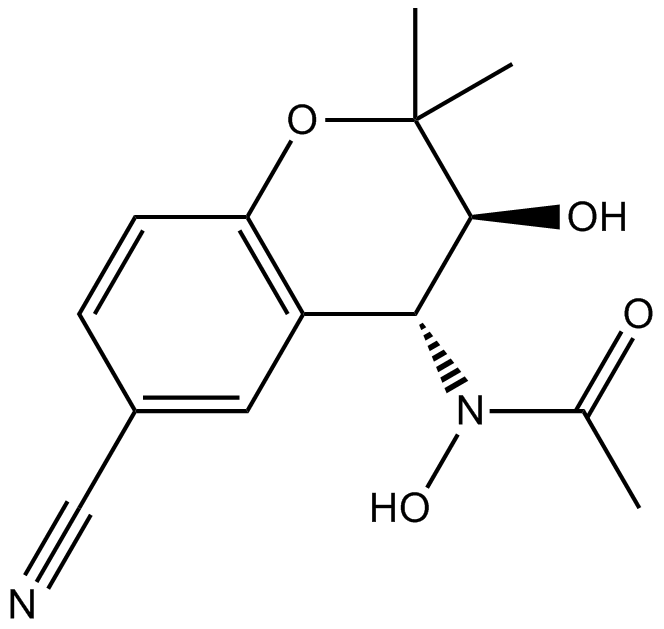 B6939 Y-26763Summary: Kir6 (KATP) channel opener
B6939 Y-26763Summary: Kir6 (KATP) channel opener -
 B6941 UBP 296Summary: GluR5-subunit containing kainate receptor antagonist
B6941 UBP 296Summary: GluR5-subunit containing kainate receptor antagonist -
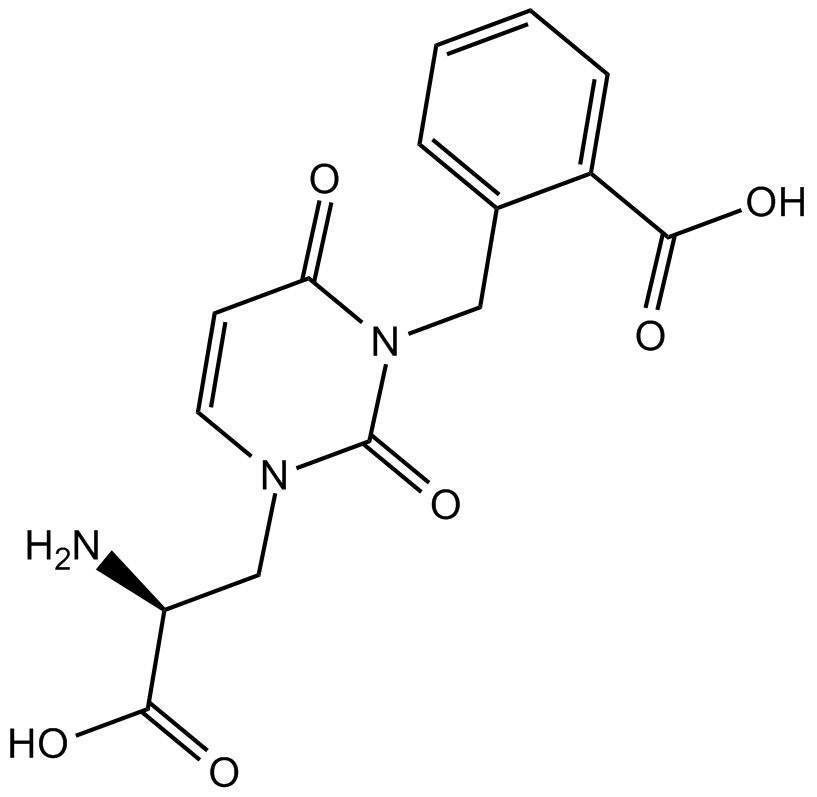 B6942 UBP 302Summary: GLUK5 (GluR5)-subunit containing kainate receptor antagonist
B6942 UBP 302Summary: GLUK5 (GluR5)-subunit containing kainate receptor antagonist -
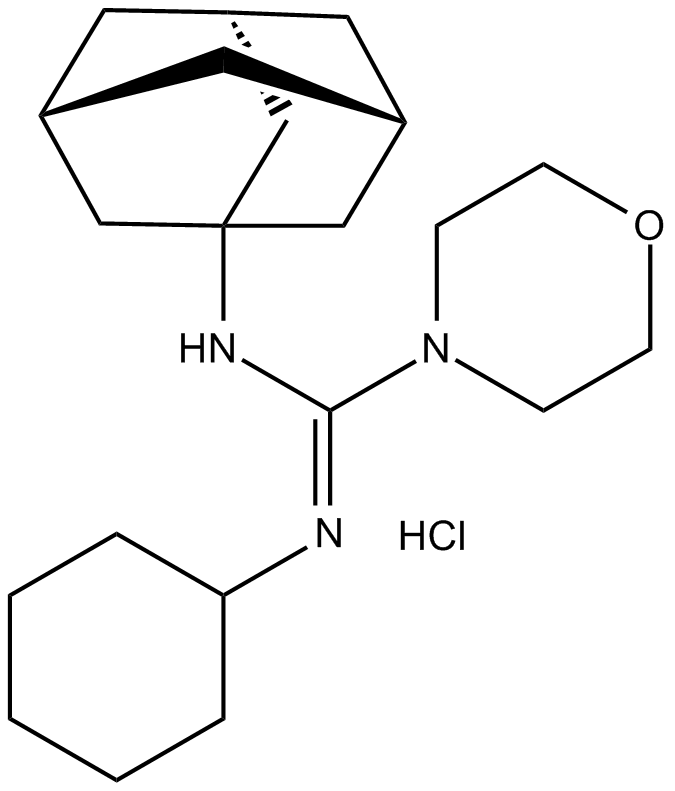 B6948 PNU 37883 hydrochlorideSummary: Kir6 (KATP) channel antagonist
B6948 PNU 37883 hydrochlorideSummary: Kir6 (KATP) channel antagonist -
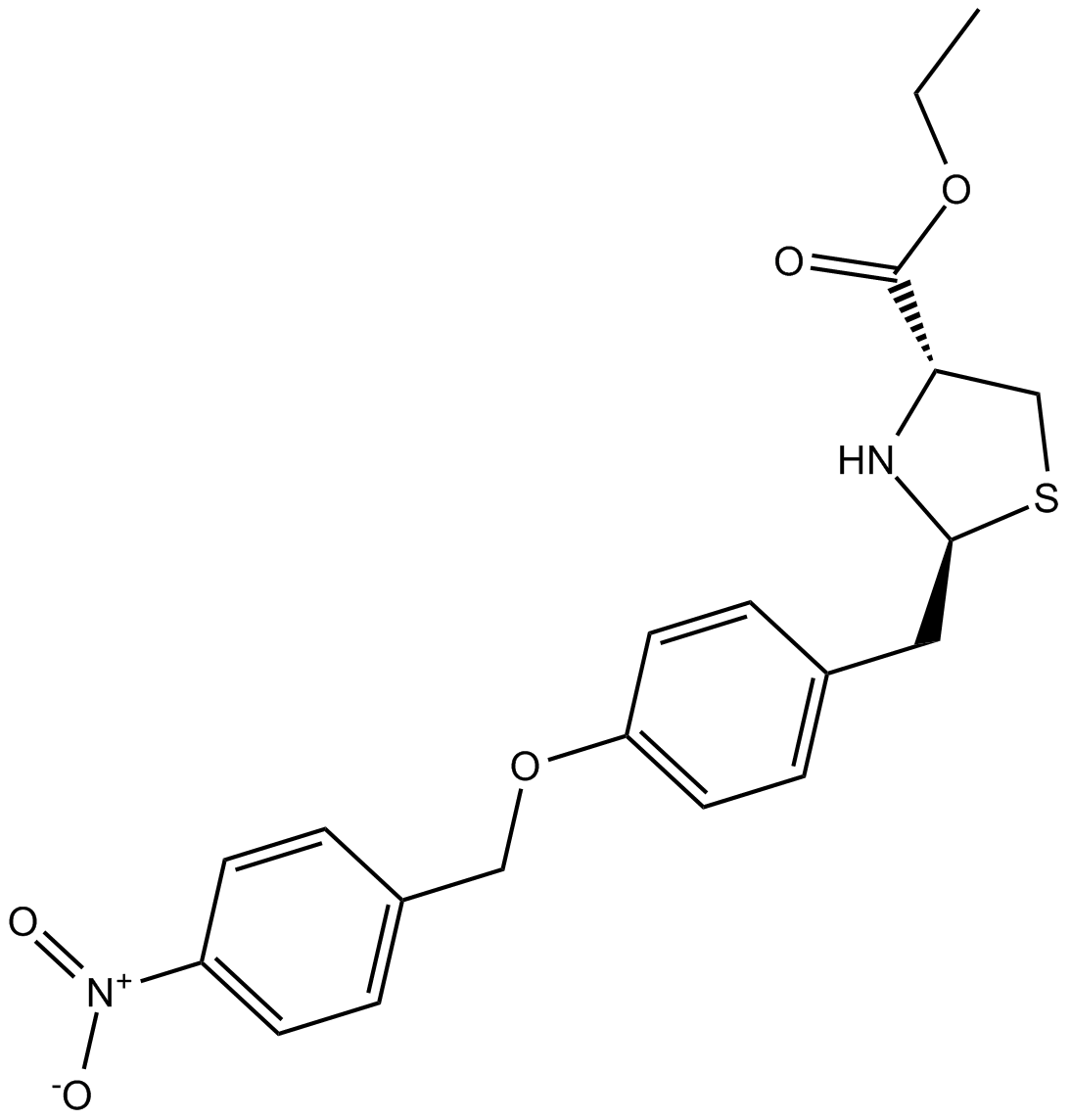 B6961 SN-6Summary: Na+/Ca2+ exchange inhibitor
B6961 SN-6Summary: Na+/Ca2+ exchange inhibitor -
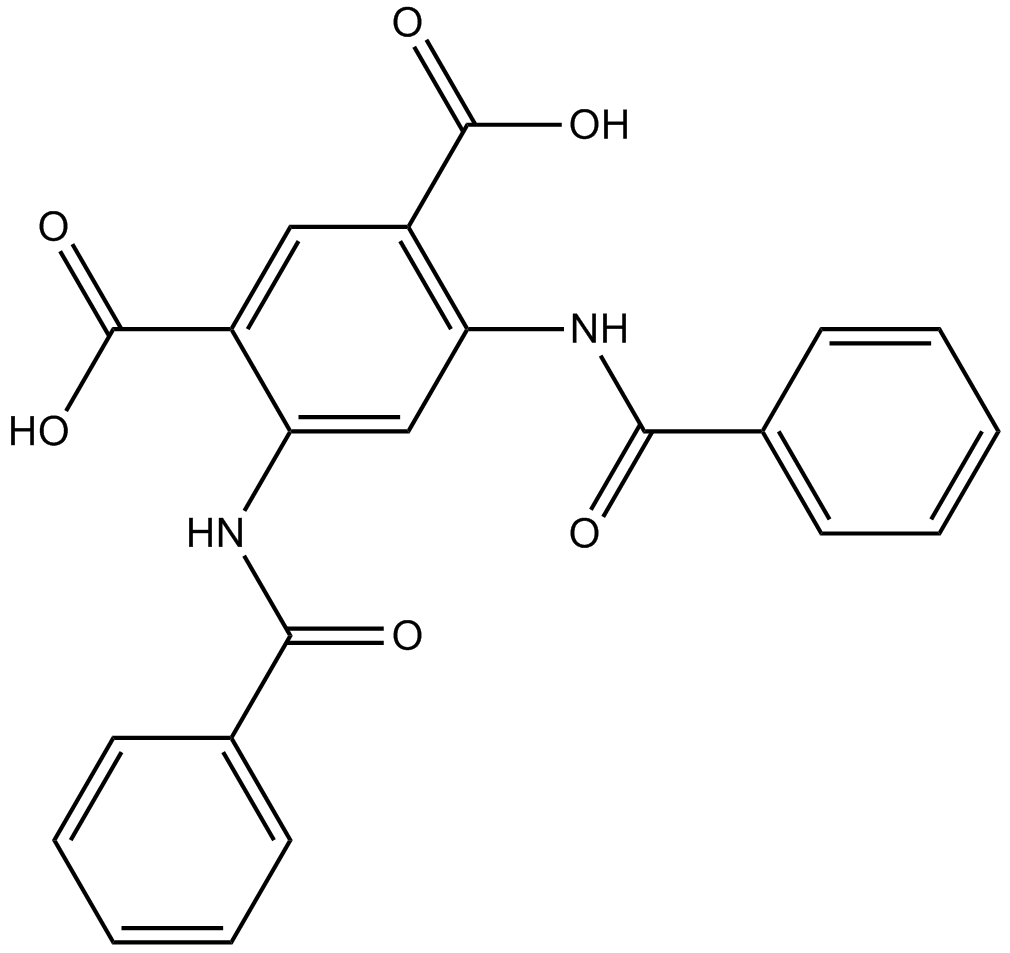 B6963 NS 3763Summary: kainate receptor antagonist
B6963 NS 3763Summary: kainate receptor antagonist -
 B6964 Ro 0437626Summary: P2X1 purinergic receptor antagonist
B6964 Ro 0437626Summary: P2X1 purinergic receptor antagonist -
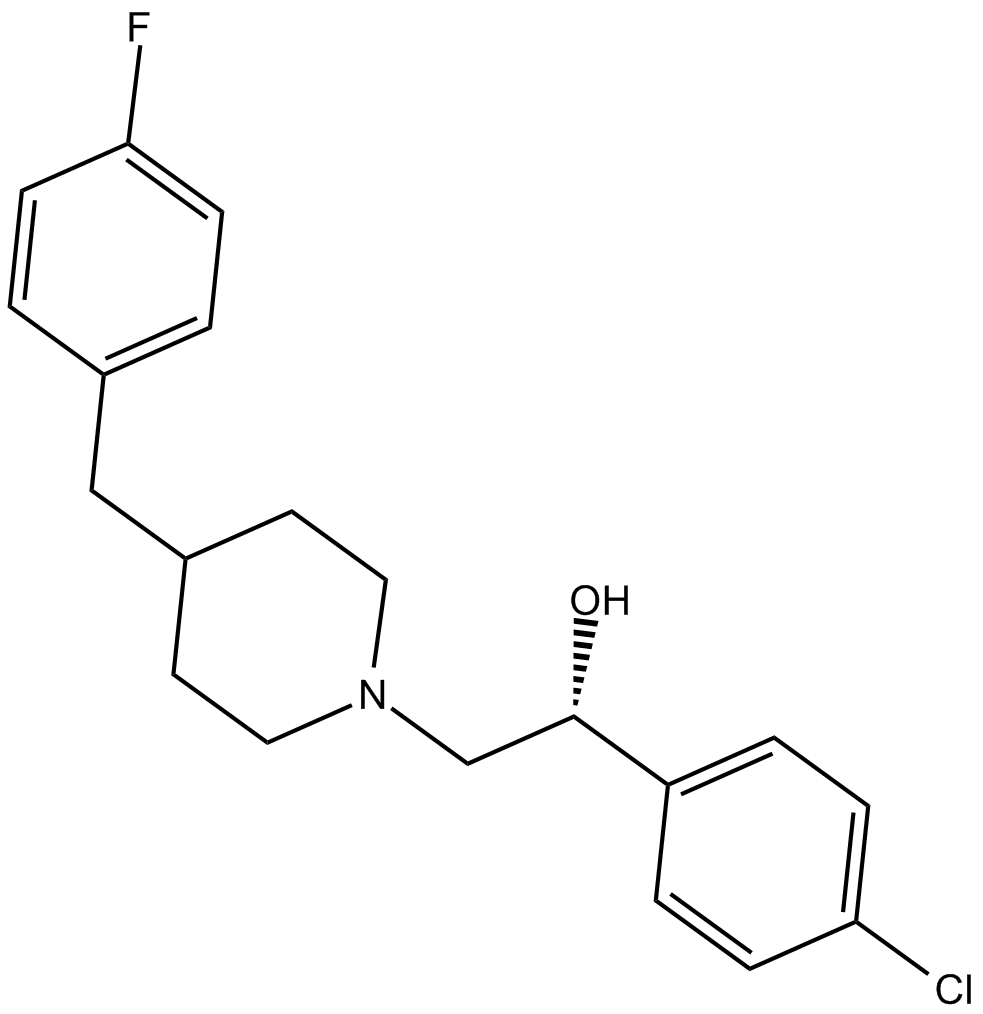 B6968 EliprodilSummary: NMDA receptor antagonist
B6968 EliprodilSummary: NMDA receptor antagonist

